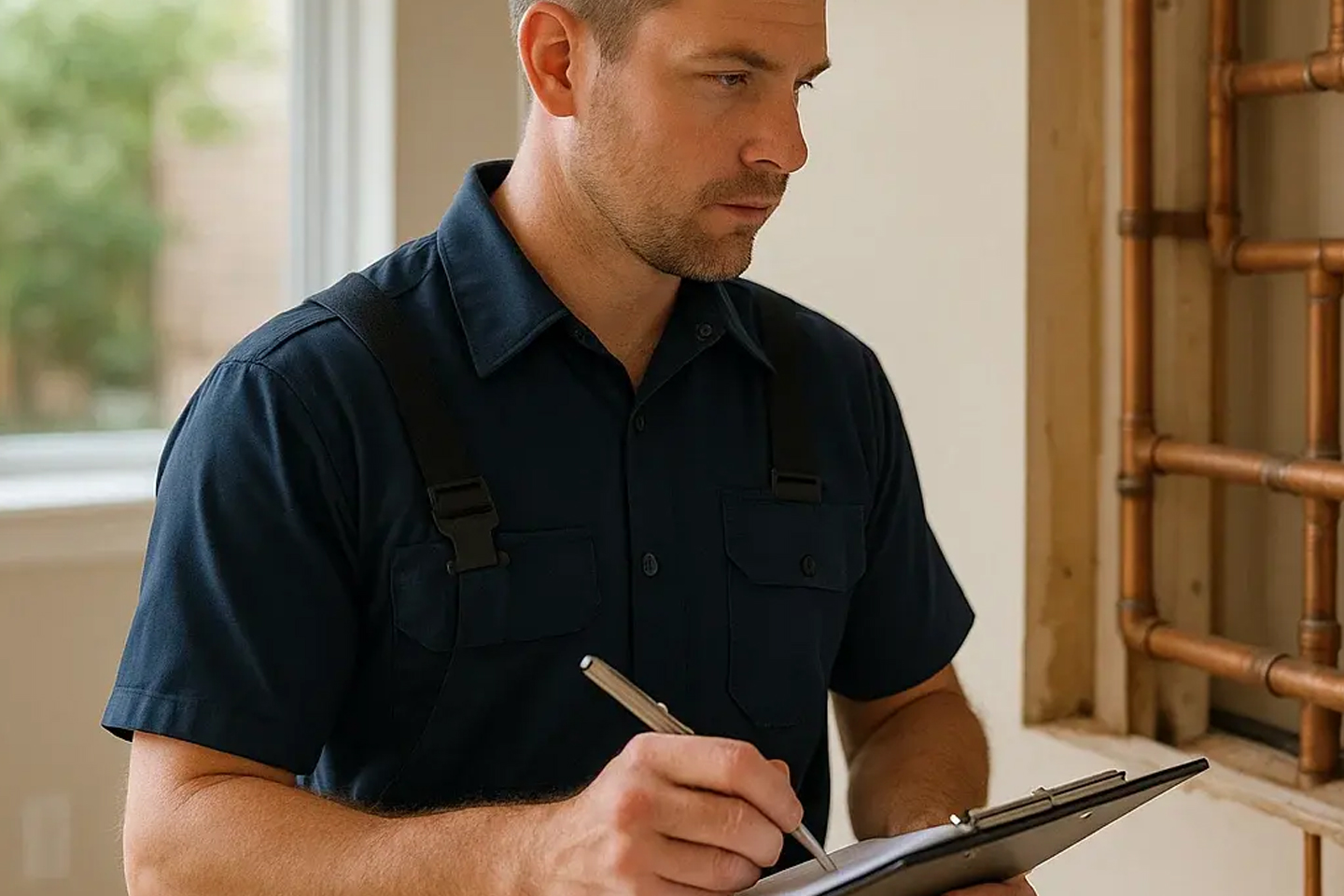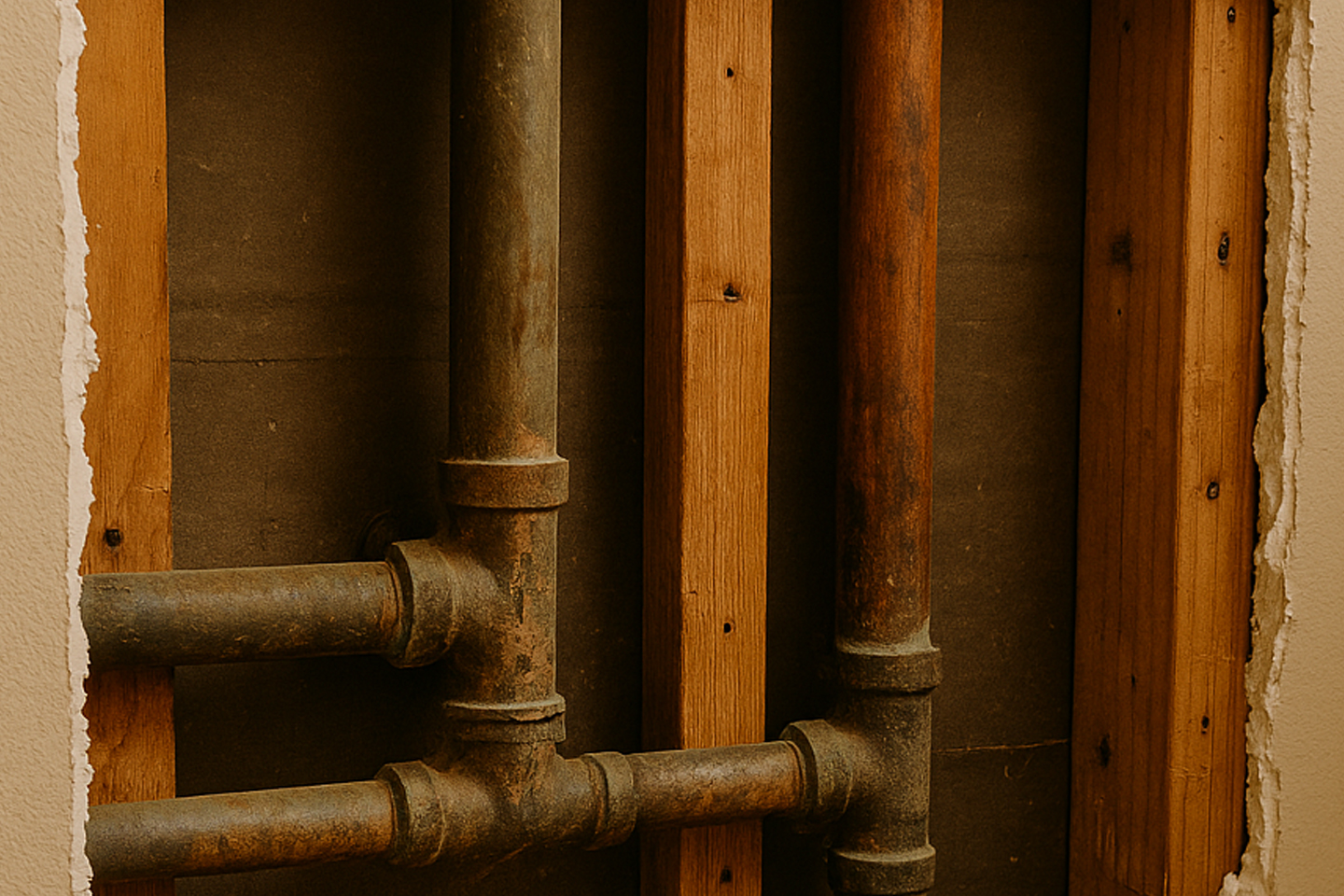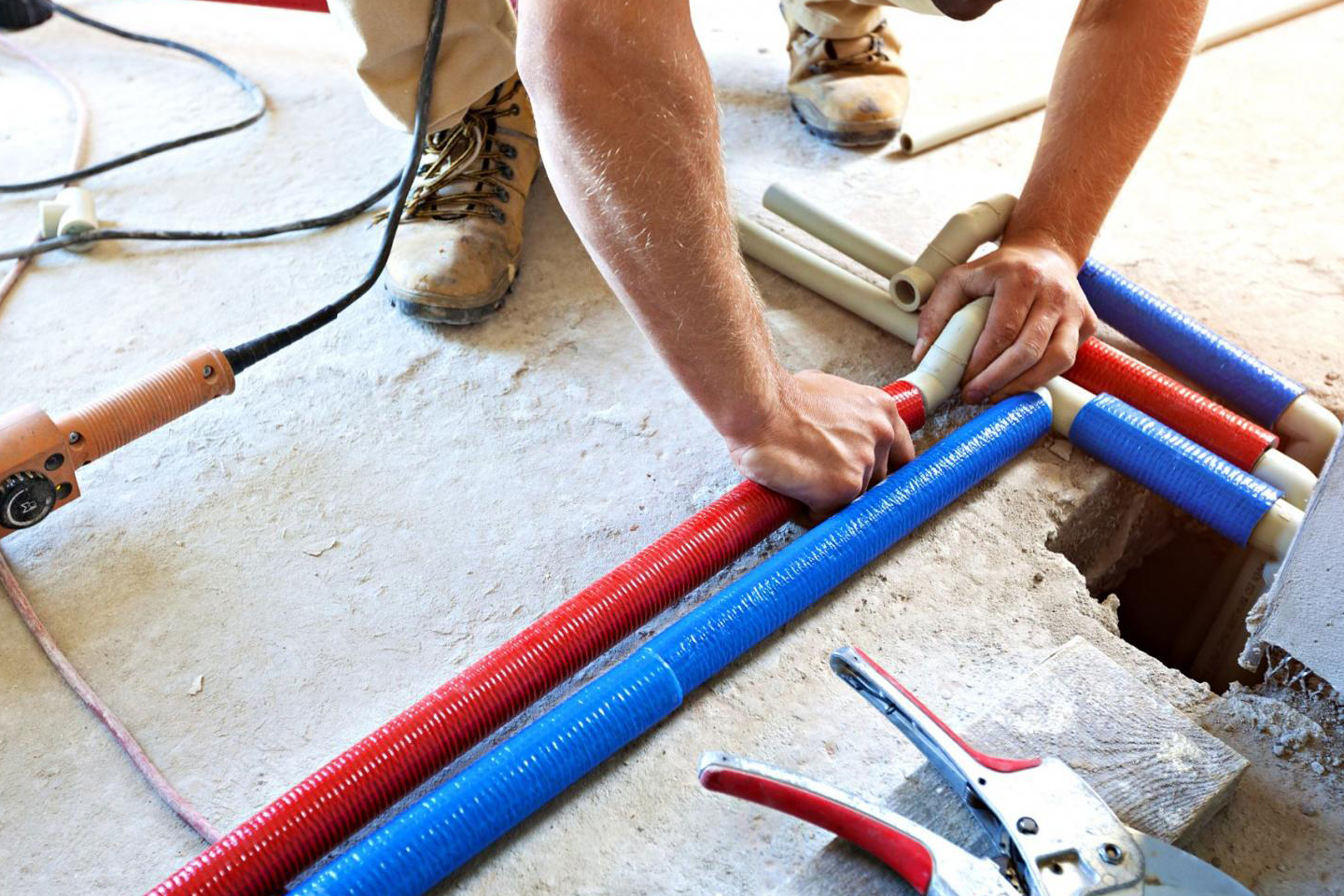OUR SERVICES
Time for Repiping?
We can handle any repiping job, and Professionally
Call for immediate, friendly and professional service today!
When repiping is the best option, Fast Plumbing and Drain is the solution.
Fast Plumbing and Drain’s process for doing a whole-house repiping is a carefully planned, multi-step operation that replaces all (or most) of a home’s existing plumbing system with new, modern piping. We eliminate outdated, corroded, or leaking pipes and install a reliable system that meets current building codes and future needs.
Here’s how we typically go about it:

Initial Inspection and Planning
The plumber starts with a thorough inspection of the home’s current plumbing system—identifying pipe material, layout, and access points. He’ll assess factors like home size, number of bathrooms, wall construction, and foundation type (slab, crawl space, basement). Based on this, the plumber provides an estimate, timeline, and repiping plan—including pipe type (usually PEX, copper, or CPVC), number of workers, and how water will be temporarily routed. Before any work begins, the plumber and crew protect flooring and furniture with plastic sheeting and drop cloths. Water to the home is shut off, and drain-down procedures begin to empty the system.

Accessing the Old Pipes
The crew cuts strategic holes in drywall—typically behind sinks, under cabinets, in ceilings, and near pipe chaseways—to expose plumbing runs. In crawlspaces or basements, pipes may be more directly accessible.

Removing Old Piping
Old pipes are carefully removed to avoid unnecessary damage to structural components. Depending on the pipe material (e.g., galvanized steel, polybutylene), special tools may be used to loosen and extract sections.

Installing New Pipes
New pipes (typically PEX for flexibility or copper for durability) are run throughout the home. Hot and cold water lines are routed to every fixture. New shutoff valves are installed at sinks, toilets, and appliances. Pipes are securely anchored, insulated, and tested for code compliance.

Pressure Testing
The entire system is pressure tested to check for leaks or weak connections before walls are closed. Any issues are addressed immediately.

Final Inspection and Code Compliance
Depending upon location, a municipal or third-party inspector may visit the site to verify the new system meets local plumbing codes. The plumber provides documentation and warranty info for the new piping system.
